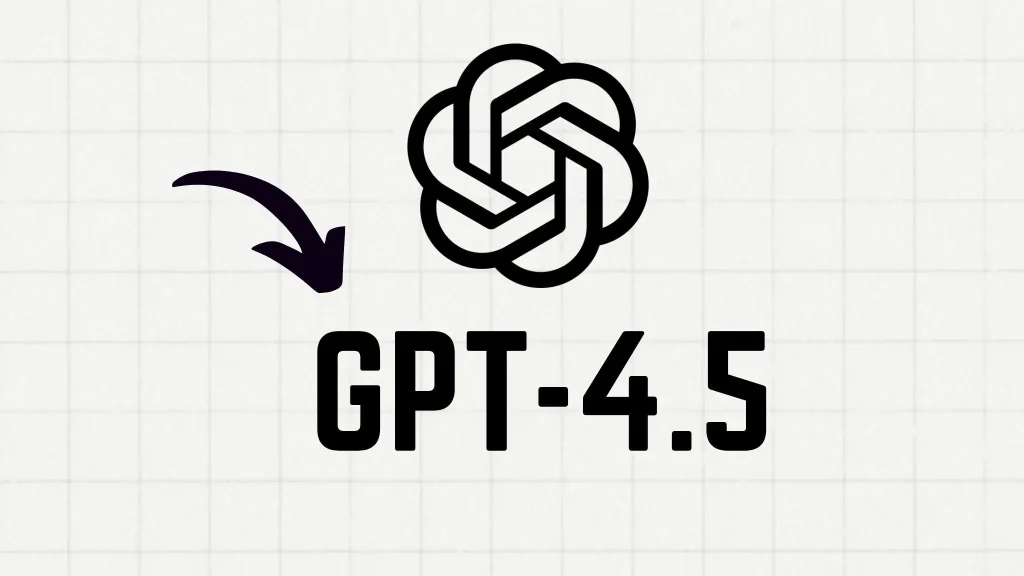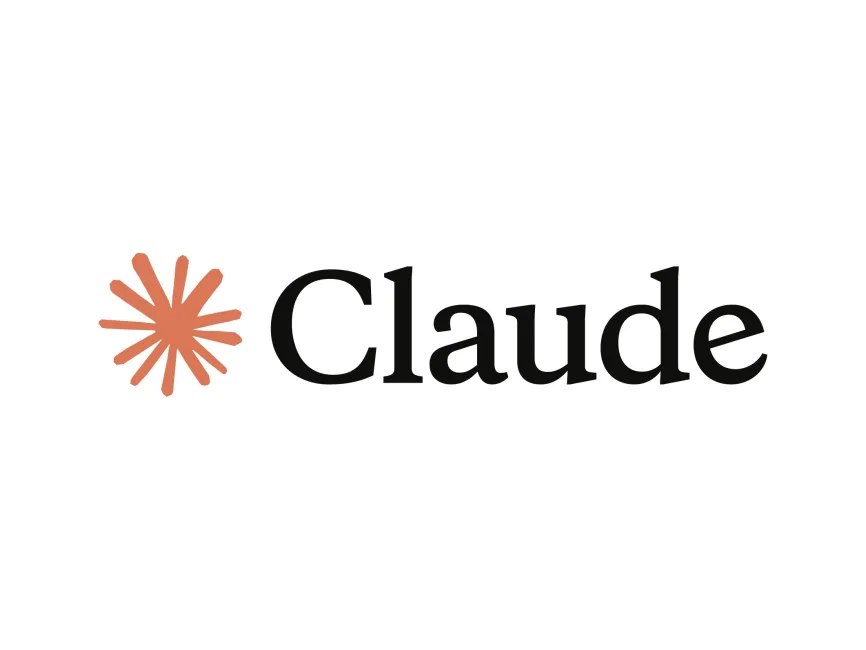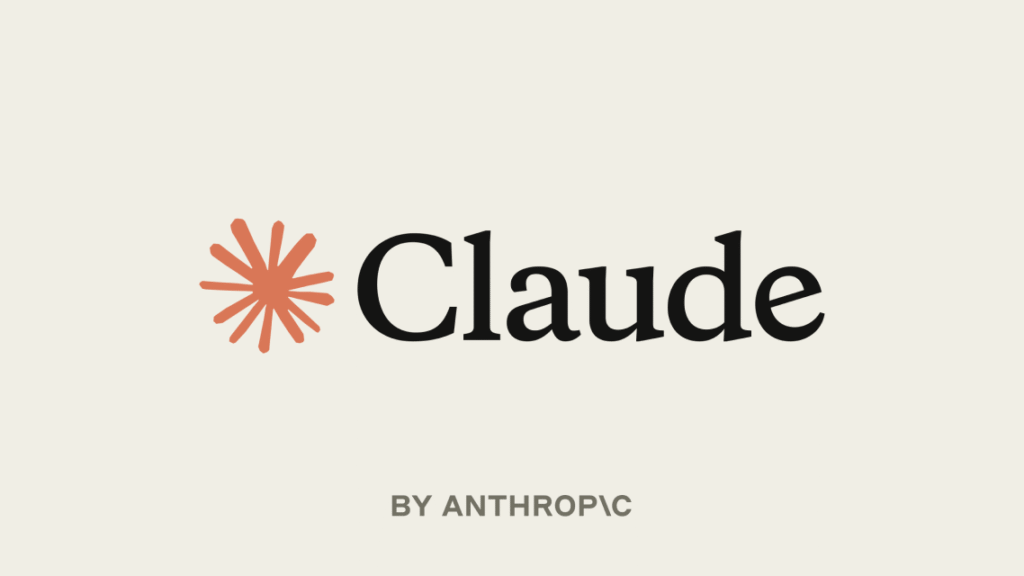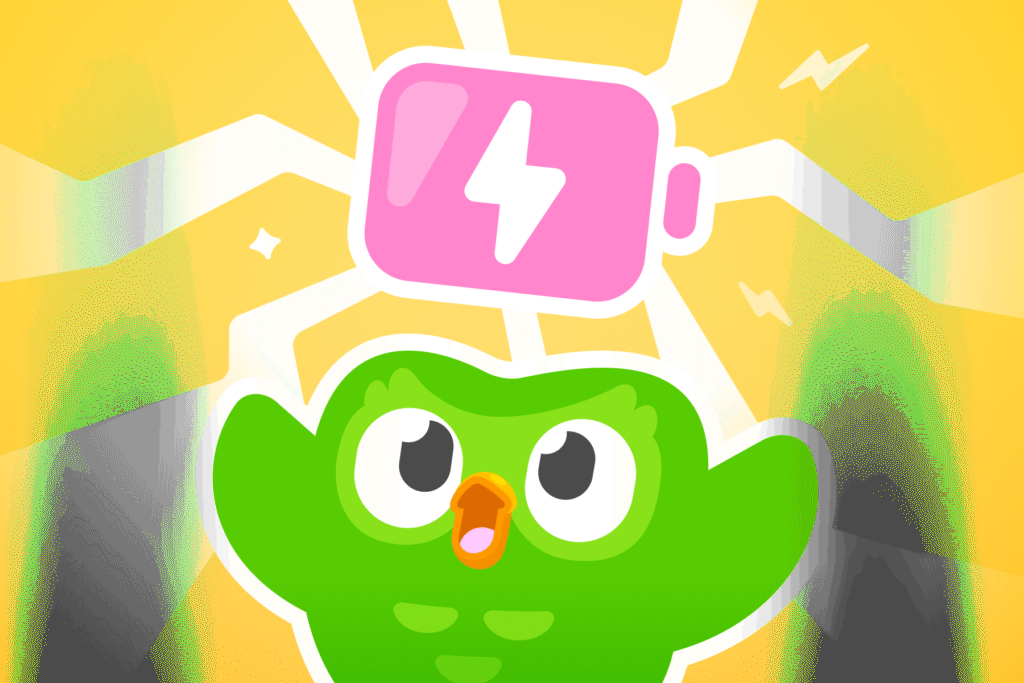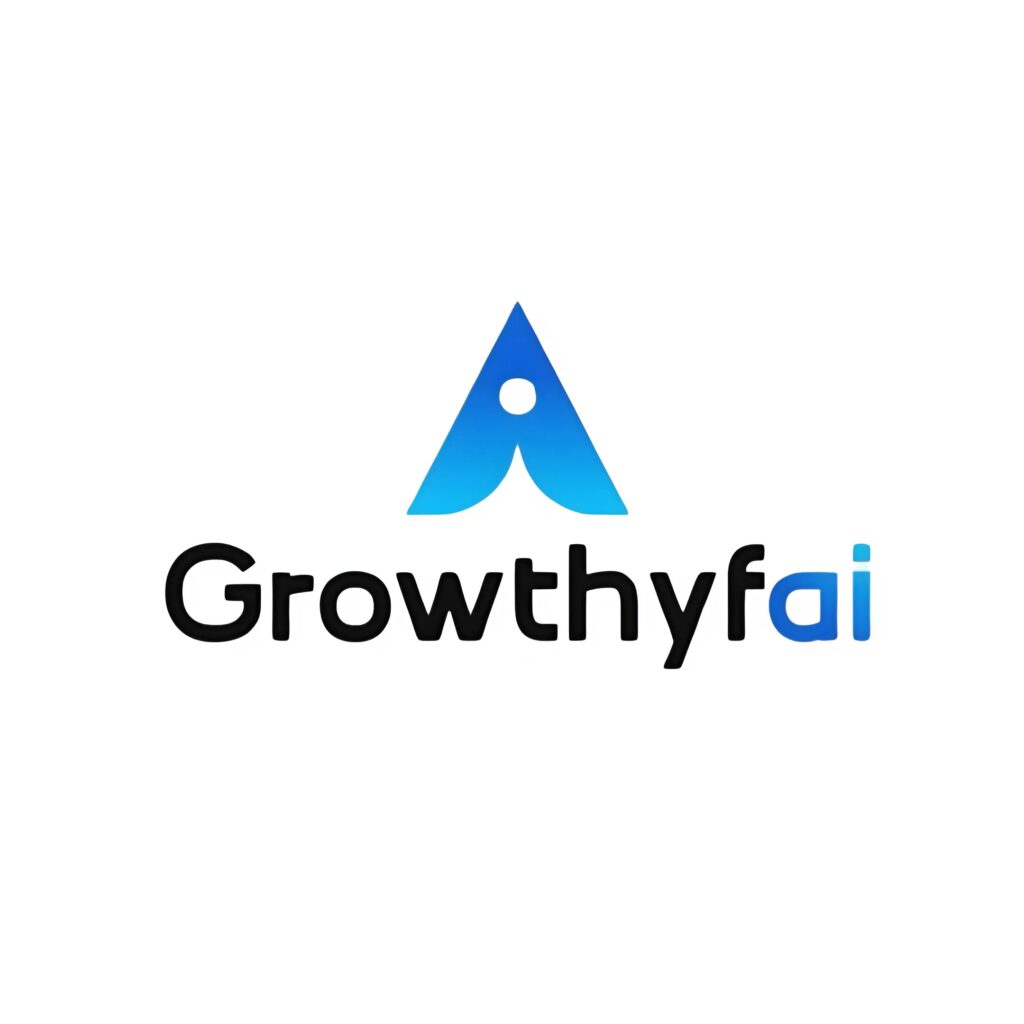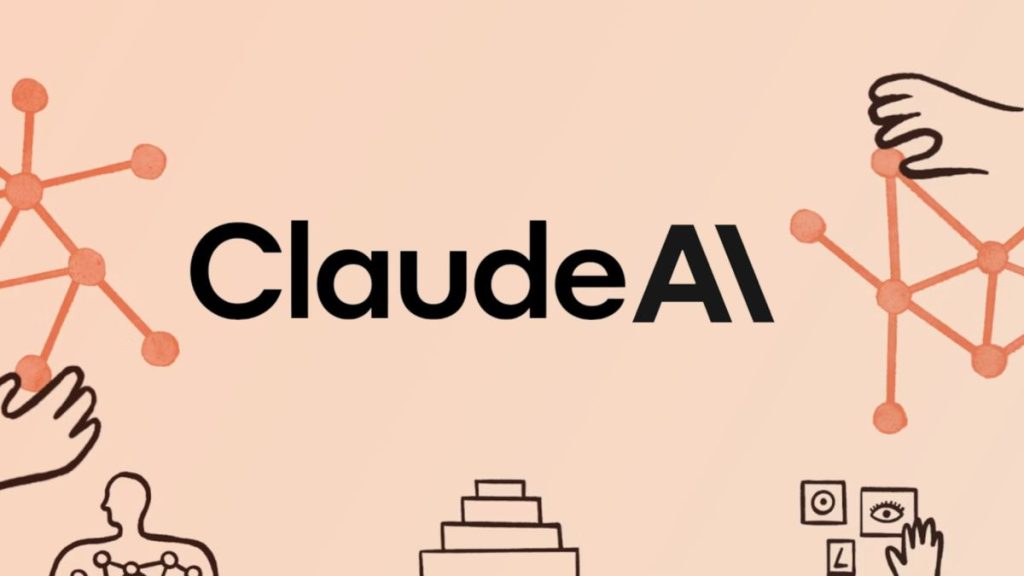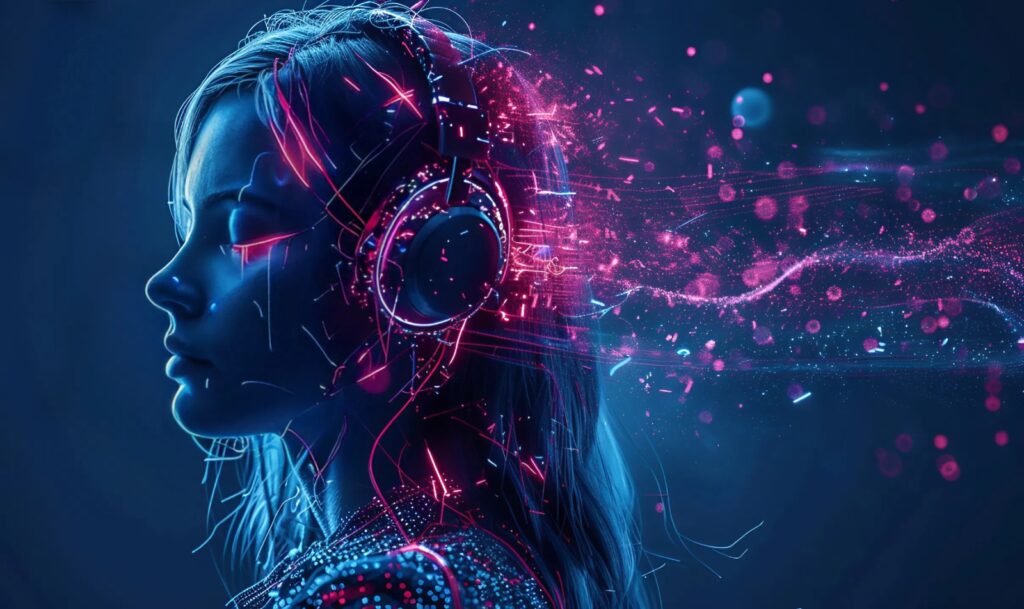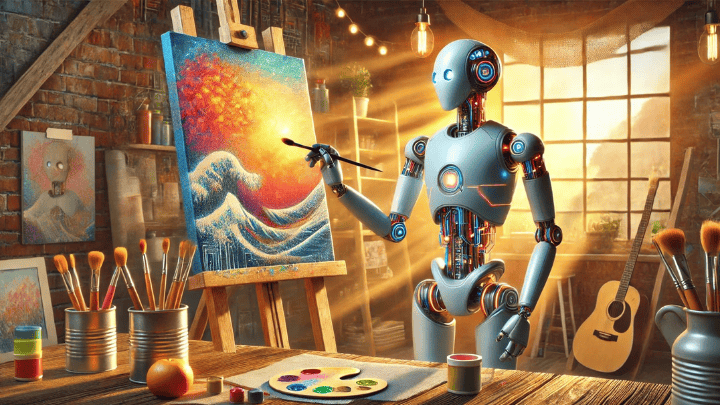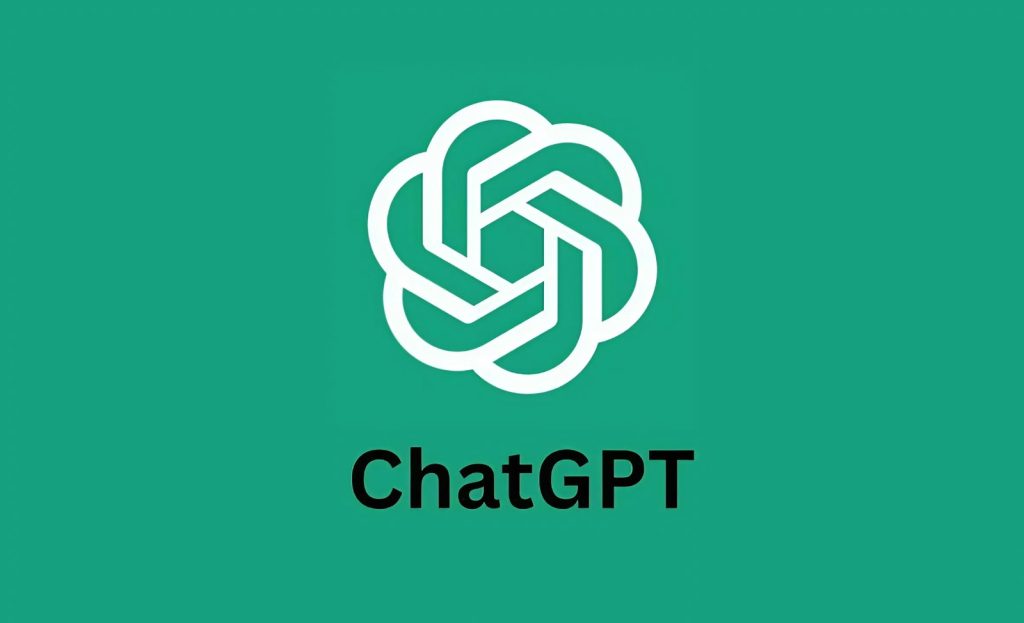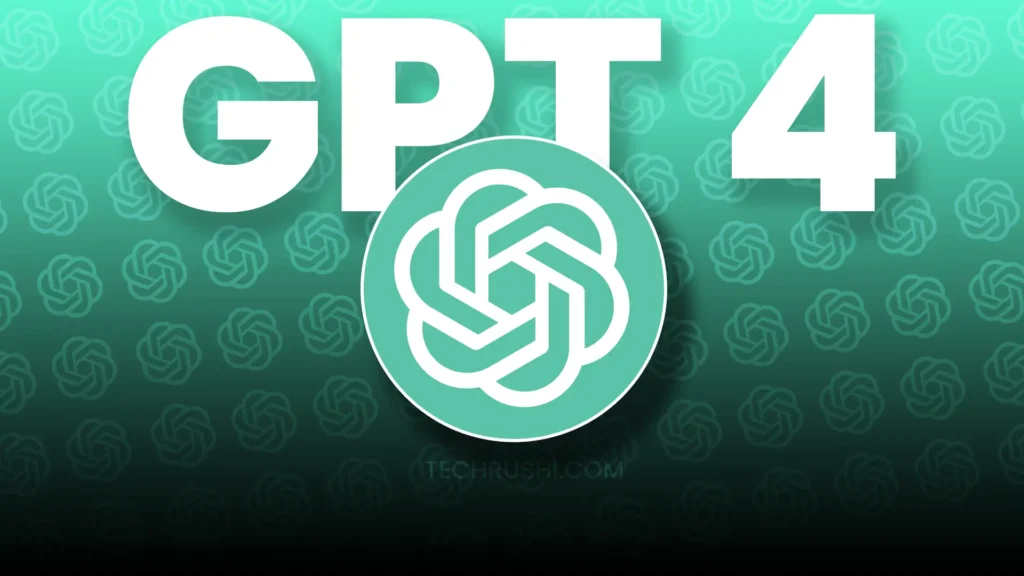ChatGPT Vision: Unleashing New Dimensions in Interactive AI Conversations.

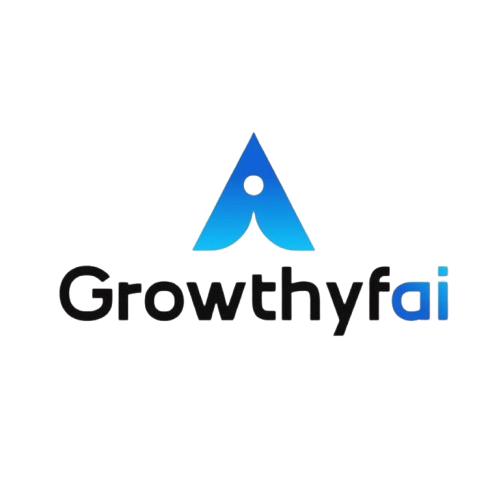
In recent years, the advancements in artificial intelligence have paved the way for innovative tools that are transforming how we engage with technology. Among these, OpenAI’s ChatGPT has emerged as a groundbreaking conversational agent, and continuing this trend is ChatGPT Vision—a feature that pushes the boundaries of interactivity in AI conversations. Let’s delve into how ChatGPT Vision is redefining AI-based interactions and explore the possibilities it offers.
Understanding ChatGPT Vision
ChatGPT Vision represents a new frontier in AI interactions by integrating visual inputs with textual data. It empowers the AI to not only comprehend and generate text but also interpret visual elements. This evolution marks a significant leap in AI capabilities, transforming passive data processors into interactive entities capable of engaging in meaningful, multi-dimensional dialogues.
Traditional chatbots are limited to plain text and logical interpretation. With ChatGPT Vision, context expands as images become part of the conversation. The AI can analyze visual content, making it adept at understanding scenarios better and providing enriched responses. This combination of text and image analysis shifts ChatGPT from a simple dialog system to an intelligent interactive assistant.
How Does ChatGPT Vision Work?
ChatGPT Vision functions by incorporating advanced machine learning algorithms that process visual inputs in tandem with text. When a user inputs an image, the AI employs convolutional neural networks (CNNs) to analyze and understand the visual components. By mapping this information to textual contexts, the AI derives insights that inform its responses.
For instance, suppose you upload a photo of an intricate machine part. ChatGPT Vision can recognize the part and offer insights or troubleshooting steps directly related to the image. This feature is particularly beneficial in fields like engineering, healthcare, and education, where visual clarity can significantly enhance understanding and communication.
Applications of ChatGPT Vision
Incorporating images into AI conversations opens up a plethora of practical applications across various sectors:
1. Healthcare: Medical professionals can use ChatGPT Vision to analyze medical images, aiding in diagnostics. By providing supplementary information and possible courses of action, the tool becomes a valuable assistant in medical scenarios.
2. E-commerce: Online retailers can harness ChatGPT Vision to streamline the shopping experience. Shoppers can upload images of products, enabling the AI to find matching or similar items, thus creating a more personalized shopping journey.
3. Education: In an educational context, educators can utilize the tool to explain complex concepts. For instance, educators can use diagrams or images in lessons, where ChatGPT Vision assists by providing real-time data and notes.
4. Customer Support: With ChatGPT Vision, customer service agents can solve issues more efficiently by analyzing user-uploaded images, quickly identifying the problem, and offering detailed guidance or solutions.
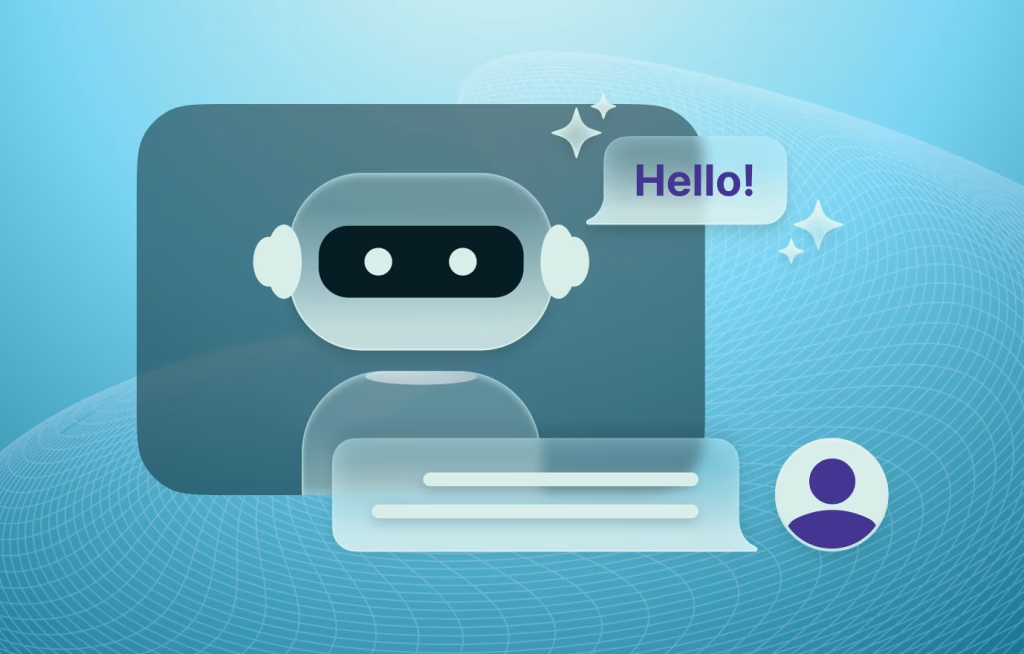
Benefits of ChatGPT Vision
✅ Enhanced Contextual Understanding: By processing visual and textual data, ChatGPT Vision offers a more nuanced understanding of user queries, providing detailed and contextually relevant responses.
✅ Improved Accessibility: The combination of visual inputs makes AI more accessible to users who rely on visual data for clarity, thereby bridging the communication gap in scenarios where text alone is insufficient.
✅ Real-Time Problem Solving: Users can address issues more effectively with real-time insights from analyzed visuals, reducing response times and increasing operational efficiency.
✅ Integrated Learning: Visuals can elucidate complex topics, assisting both professionals and learners by breaking down intricate data into understandable segments.
Challenges and Considerations
Despite its numerous advantages, integrating ChatGPT Vision into everyday applications isn’t devoid of challenges:
✅ Privacy Concerns: As with any technology that processes user-uploaded content, it’s critical to address privacy concerns adequately. Users need assurance about the handling and storage of their visuals to cultivate trust in the system.
✅ Accuracy and Bias: Ensuring the accuracy of visual interpretations is vital. AI systems must be trained on diverse datasets to mitigate any biases and enhance reliability.
✅ Technical Limitations: Processing high-resolution images and integrating them seamlessly with text demands considerable computational resources, which can be a limiting factor in certain applications.
Conclusion
ChatGPT Vision marks an exciting step forward in the realm of AI, where the convergence of visual and textual data offers a richer, more interactive user experience. By bridging the gap between images and text, ChatGPT Vision expands the potential of conversational agents across myriad industries and applications.
As AI continues to evolve, anticipating and addressing challenges head-on will ensure the seamless adoption of ChatGPT Vision, paving the way for more sophisticated and interactive AI systems in the future. Whether enhancing the shopping experience, aiding medical diagnostics, or breaking down educational barriers, ChatGPT Vision exemplifies the power of AI to transform interactions and deliver meaningful insights, unleashing new dimensions in the world of AI conversations.

